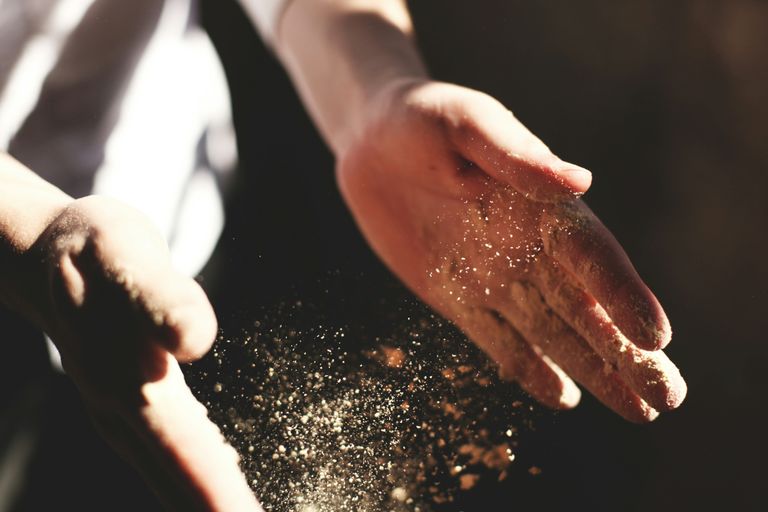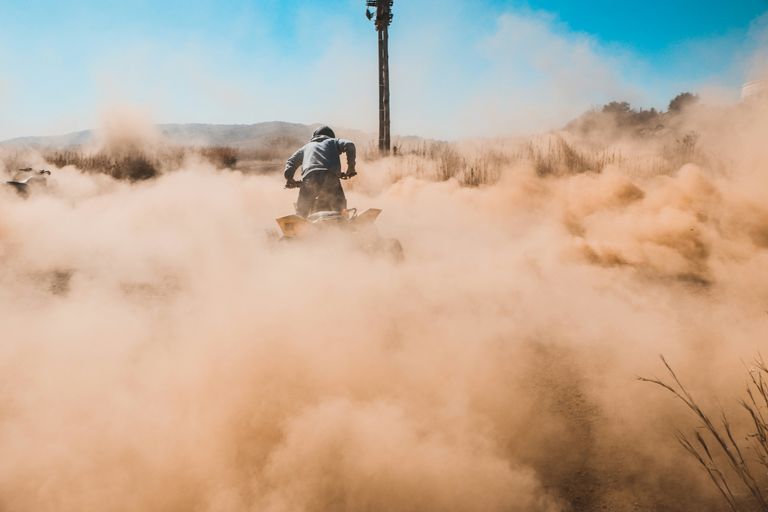
Many people in today's culture are unaware of the risks and dangers that dusts in our homes and surroundings pose. The possibility that these dusts could be hidden in nooks and under furniture truly does not occur to me.
We probably don't notice they're there until they begin to cover every nook and cranny in your house. Besides, nobody is bothered by it because it's just dust.
The term "dust" refers to more than just the material that covers every object or appliance in the house. The phrase refers to the broad range of both organic and inorganic particles that can accumulate in various settings such as homes, offices, and schools.
The most frequently used rooms in the house typically have the highest levels of dust and odor because the majority of these dusts are composed of shed human skin cells. Because the dust on mattresses, bedding, and couches contains a lot of skin cells, dust mites are small living organisms that feed on human skin cells.
Dust is made up of more than simply skin cells and dust mites; it can also include a variety of substances, some of which are extremely harmful to human health. Pet hair, rat excrement, paint fragments, pollen, bacteria, viruses, plant and insect parts, heavy metals, cigarette smoke, pesticides, and flame retardants are just a few examples of the items that may be present. Each of these is specifically focused on a different environment.
These particles, along with any possibly harmful chemicals and a variety of other fairly unpleasant things in the area, get churned up into the air when you move around or vacuum the house. Then, the occupants of the house inhale these particles through their mouths and noses, or they absorb them through their skin.

HARMFUL IMPACTS OF DUST
Little children or newborns who crawl around the house may lick their hands and swallow a lot of dust since they constantly put their hands in their mouths while playing. They are also more vulnerable to health issues linked to dust and dusty settings since their bodies are still developing.
Sneezing, runny, itchy, stuffy noses, and red, watery, and itchy eyes are symptoms experienced when these dusts enter the body. Though there are many adverse effects, medicine can be helpful. More important than any treatment is lowering your dust exposure.
Even an asthma episode may be precipitated by dust mites. After prolonged dust exposure, many children's asthma attacks are also known to be brought on by bacterial byproducts in household dust. Your chances of having an asthma attack increase with exposure, particularly on windy days or during cleaning. These kids have trouble breathing as a result. When exposed to dust since childhood, some individuals developed asthma.
Skin diseases such as eczema and rashes, as well as atopic dermatitis, might flare up in certain persons due to dust inhalation. The bacteria on the skin are starting to multiply, which is why it itch.
Upvoted. Thank You for sending some of your rewards to @null. Read my last posts to make sure that BLURT burning is profitable for you. Before using this bot please make sure your account has at least 100 BP. Get more BLURT:
@ mariuszkarowski/how-to-get-automatic-upvote-from-my-accounts@ blurtbooster/blurt-booster-introduction-rules-and-guidelines-1699999662965@ nalexadre/blurt-nexus-creating-an-affiliate-account-1700008765859@ kryptodenno - win BLURT POWER delegationNote: This bot will not vote on AI-generated content
Telegram and Whatsapp